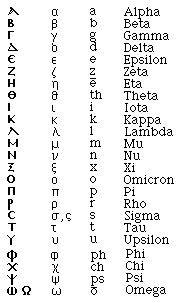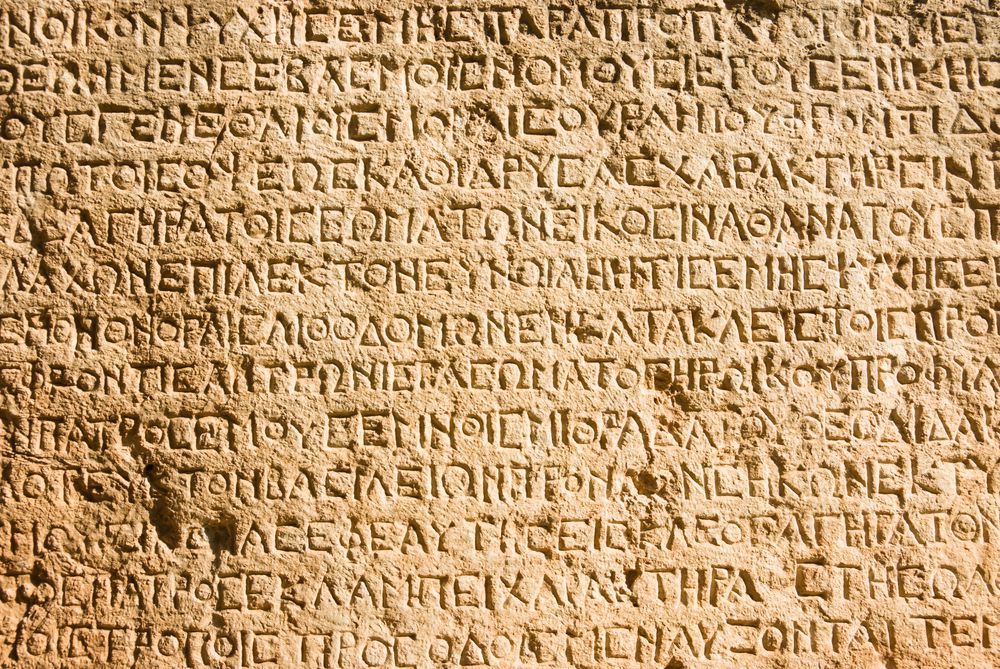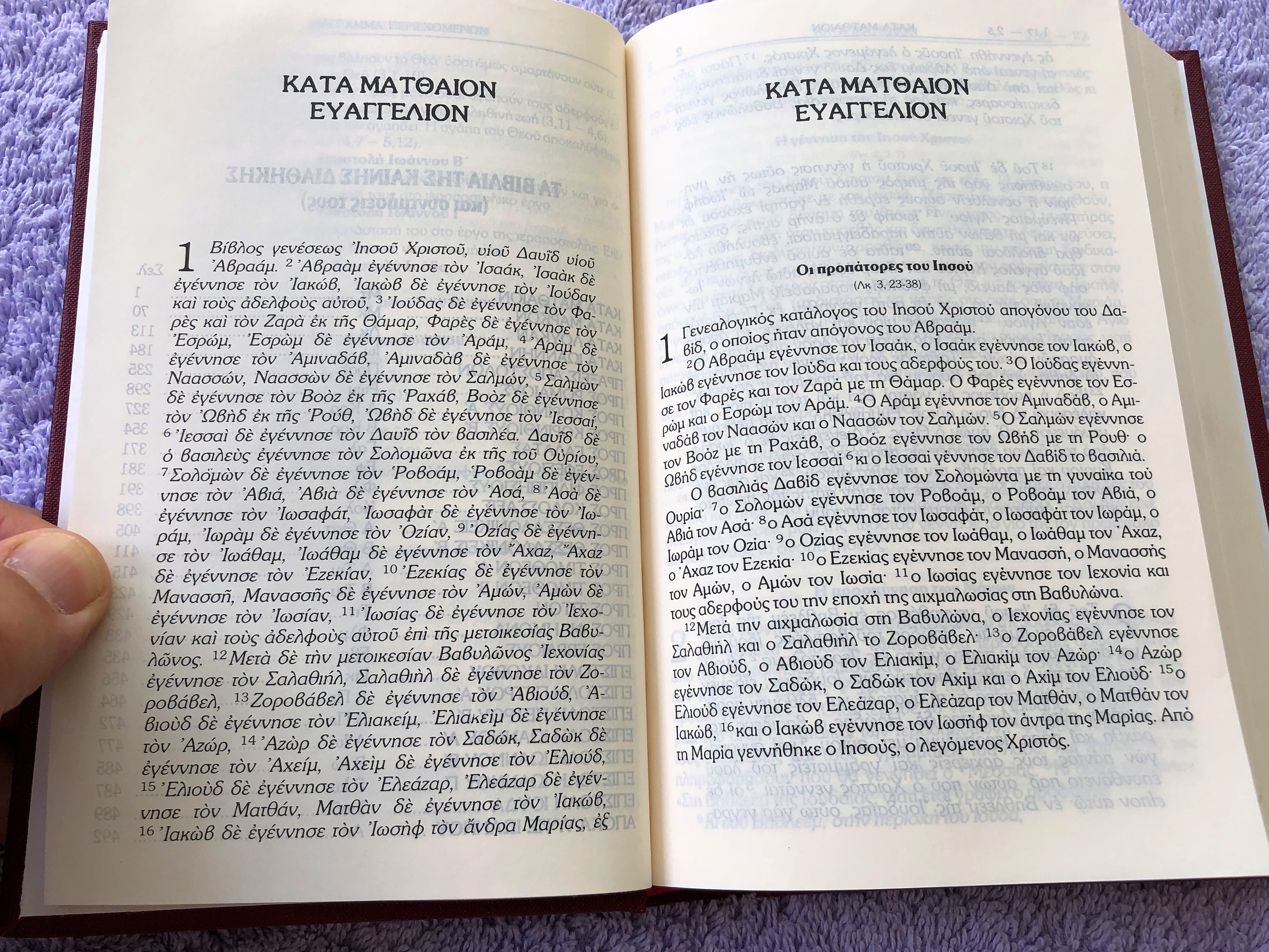Attic Form Nt Greek

Actually over time the language simplified as many languages do the the later koine is simpler than earlier attic.
Attic form nt greek. An experiment with perseus new vocabulary tool. Frequency in greek nt. We noted that for verbs with stems having an initial consonant the reduplication consists of the same letter as the initial stem consonant followed by the letter epsilon. Together attic and ionic are the primary influences on modern greek.
A list of words that covers 90 of tokens in a collection of attic prose texts from the perseus corpus. Of the ancient dialects it is the most similar to later greek and is the standard form of the language that is studied in ancient greek language courses. Sequence in each entry. All verbs in greek use exactly the same personal endings to mark the subjunctive mood.
By the time of the nt this had become glwssa 2 newj was the attic form naoj was the form in koinh homer sometimes uses nhoj 3 new new n were the attic forms nhw nhoin were the ionic forms note homer also uses the forms oiin and aiin for dual genitive dative endings. In lesson 3 of course 2 we discussed two kinds of reduplication. Lexical form of verb basic english equivalent principal parts in traditional sequence. It was based ma.
It evolved from the spread of greek following the conquests of alexander the great in the fourth century bc and served as the lingua franca of much of the mediterranean region and the middle east during the following centuries. Pass verb root comments on idiosyncracies. Having studied classical i e. These personal endings are thematic primary endings with the thematic vowel lengthened ω η s 457 for the active voice the subjunctive personal endings are as follows.
Principal parts here indicated are essentially those of the hellenistic koine observed in the gnt not necessarily those of the older classical attic era. If attic greek is the horse and koine greek is the donkey well septuagint greek is something of a mule. Attic greek is sometimes included in the ionic dialect. List of principal parts by unit through unit 19 for mastronarde s introduction to attic greek first three only i e present future aorist.
Koine greek also known as alexandrian dialect common attic hellenistic or biblical greek was the common supra regional form of greek spoken and written during the hellenistic period the roman empire and the early byzantine empire or late antiquity.












































